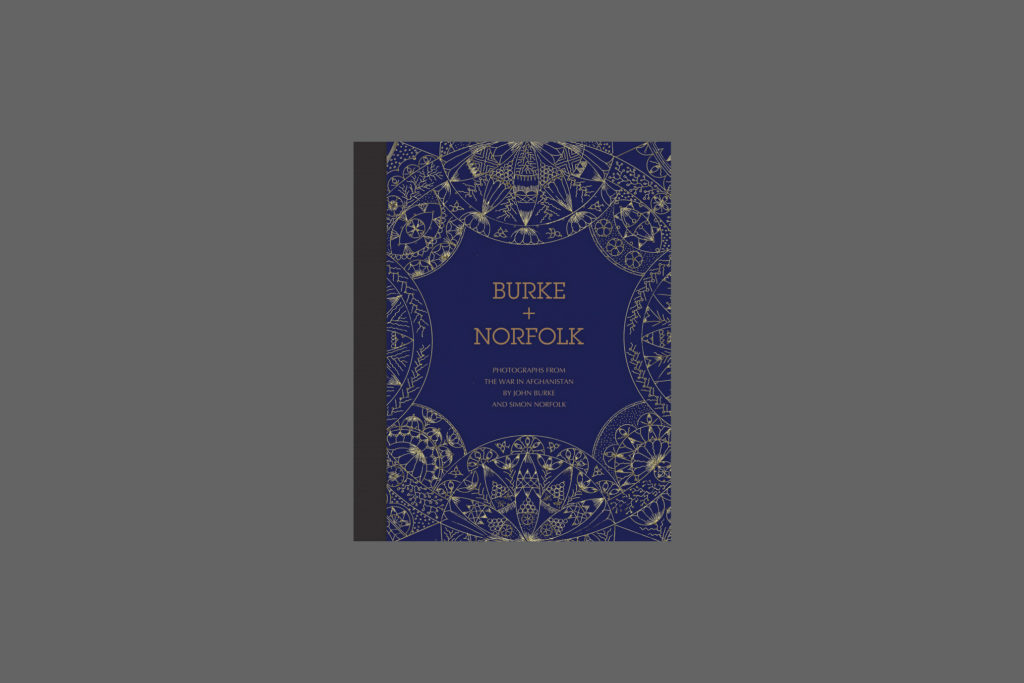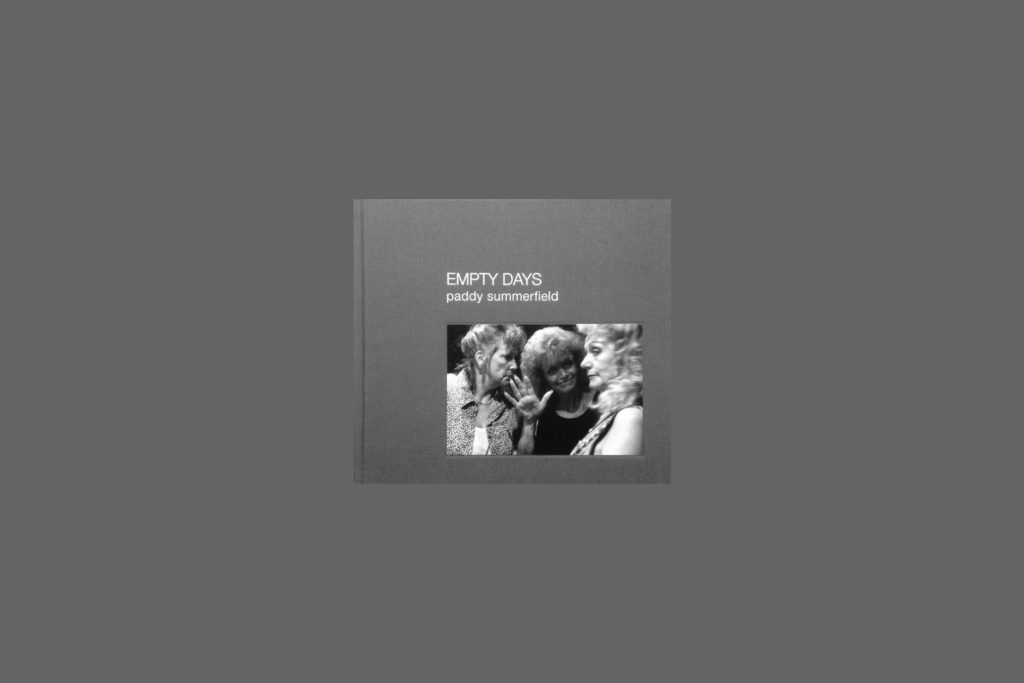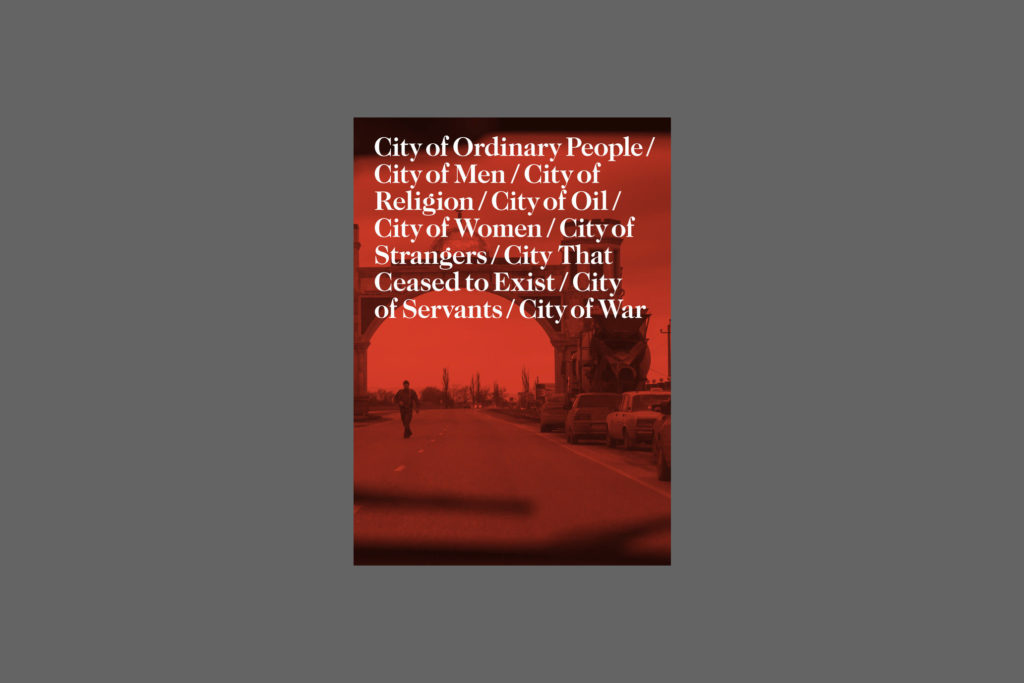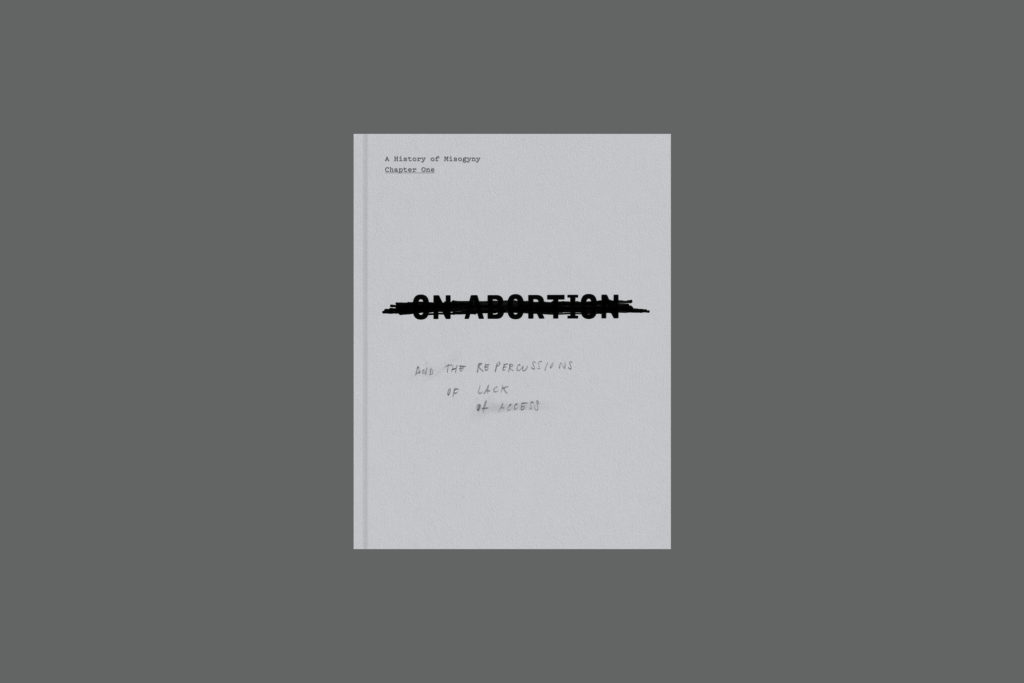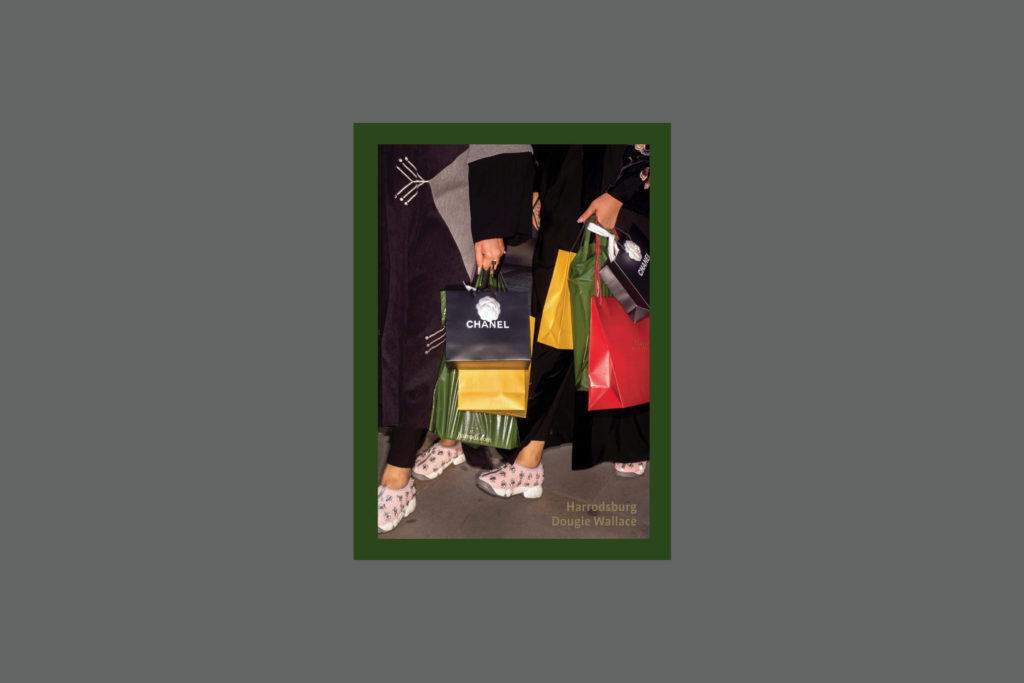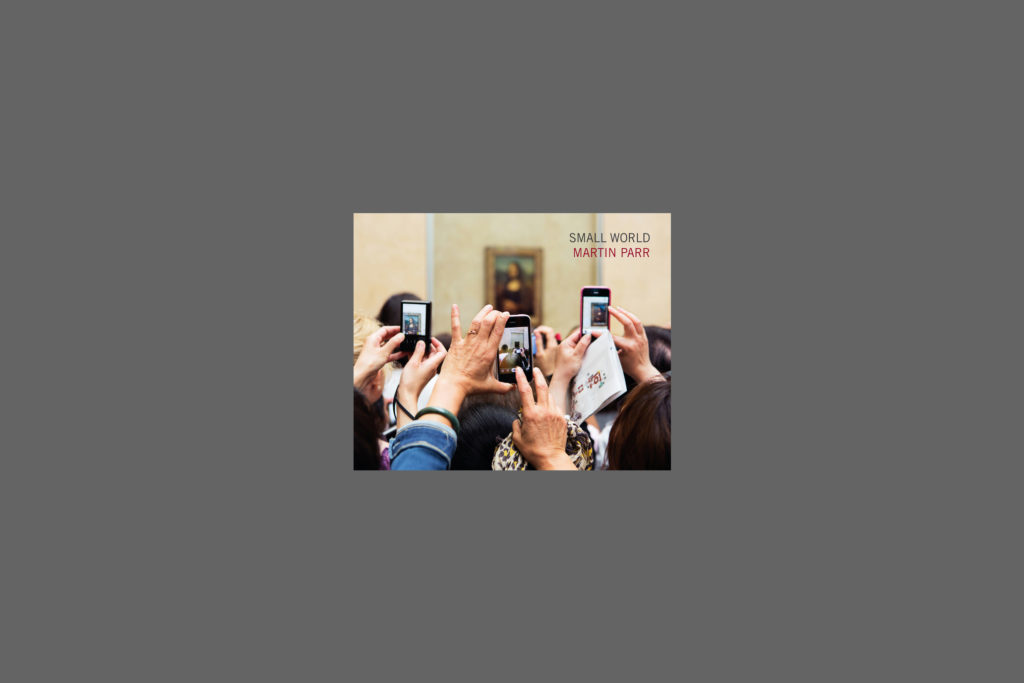Dewi Lewis
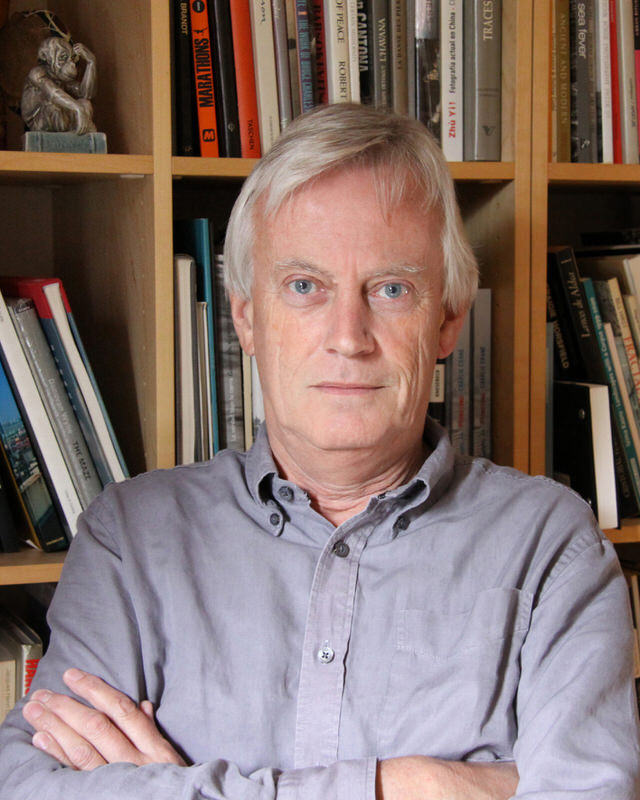 © Caroline Warhurst
© Caroline Warhurst
Dewi Lewis Publishing is one of the leading photographic publishers in the world. The company is run by Dewi Lewis and Caroline Warhurst and publishes around 20 new titles each year of leading British and international photographers such as William Klein, Martin Parr, Simon Norfolk, Fay Godwin, Tom Wood, Sergio Larrain, Frank Horvat, John Blakemore, Paolo Pelegrin, Laia Abril, Dougie Wallace and Bruce Gilden. Dewi Lewis aims to bring to the attention of a wider public, accessible but challenging contemporary photography by both established and lesser known practitioners. dewilewis.com
Here is how it started
In 1985 I had set up Cornerhouse, a major Film and Visual Arts Centre in Manchester (since renamed Home). I was director there and we ran an extensive exhibition programme covering all the contemporary visual arts. As part of that we regularly published catalogues. For a variety of reasons I decided that we should start a publishing programme, I felt that this should focus on photography as it seemed to me to be most underrepresented artform in publishing at the time.
Then the first book
In 1987, I published my first book: ‘A Green And Pleasant Land’ by John Davies, but the first book I published through my own company was ‘Children of Bombay’ by Dario Mitidieri, in 1994.
In the last few months before I left Cornerhouse I had helped set up The European Publishers Award for Photography with four other European publishers. Cornerhouse decided against continuing their involvement and agreed that I could participate instead. Dario Mitidieri was the first winner and so his book was my first. Because there were five publishers involved and the print run quite large, the costs were less than they would have been had I been the sole publisher.
I went independent in 1994. As I was setting up the company I also earned an income through arts consultancy work and it was through that, and a small overdraft, that I was able to put together enough money to publish the first book. If it had failed I wouldn’t have been able to continue and I would also have been paying off debts for some time.
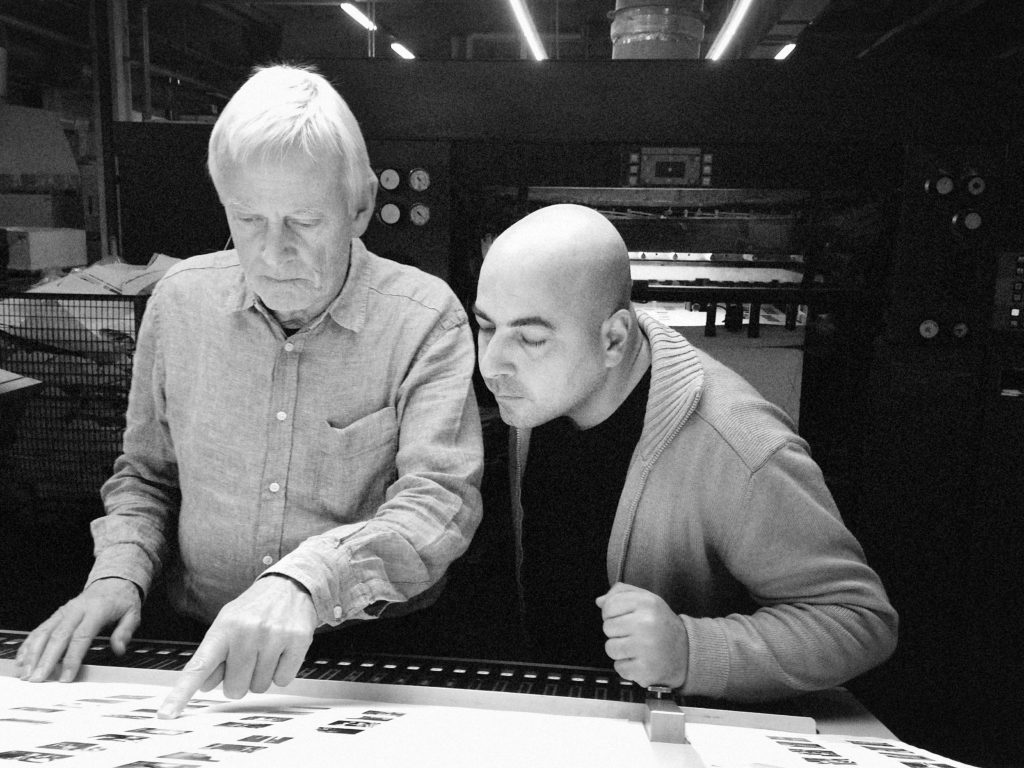
On Press with Mimi-Mollica
The biggest challenge
Producing a book is almost always a fascinating and thoroughly enjoyable experience – trying to then sell it is very different, and very difficult. Ultimately the biggest challenge is to be willing to take risk after risk. Nothing is ever certain to be successful and so you have to have continual optimism BUT it must be balanced by a clear sense of realism.
How to select a project
Each year I see many hundreds, if not thousands, of projects. Some through open submission, some through portfolio reviews or from being on juries, others in exhibitions or published in magazines or online. I have no fixed idea of what I am looking for but when I see it I usually know pretty quickly. For me it is about a project that feels new and fresh, a project that holds together, has something to say, and deserves the enormous effort and expenditure that is needed to make a good book.
Dummy or not dummy, that is the question
I don’t really like to work on a finished project that allows minimal input for me. The interesting elements of being a publisher are about the process of putting the book together. Consequently, I am usually involved in every aspect of development from reviewing the initial ideas, working on the edit, then the design and through to the final marketing of the book.
Ideally, I want to be in a position to have a significant impact in helping to form the final work, but it depends on the project. My starting point is always to tell a photographer that they must submit their work in a completed, sequenced form. It doesn’t need to be a finished dummy, but it does need to be a set of images organized in the way that the photographer believes will best tell their “story”. If they do that, then it helps me to understand what they are trying to say. If they were to give me a hundred or so images to select from and edit then the “story” would be mine, not theirs. My role should be different, it should be to help them say what they want to, not what I want to. But I should be challenging their ideas. Ultimately, I’m aiming to help them understand how to most effectively use their visual material.
I almost always tend to change the original dummy. Dummies are handmade objects and often they just don’t work once you move into the industrial process of print production. Sometimes this is because of the economic reality, sometimes because things can’t be physically done in the same way by machine. But, of course, there are other reasons such as the failure of a sequence, too much repetition, unnecessary or inappropriate text etc. etc.
Instead of a dummy, I prefer simply to just see a set of images – laser print outs or whatever – put together in a sequence. If I don’t like the design of a dummy then it can sometimes be hard to see beyond that.
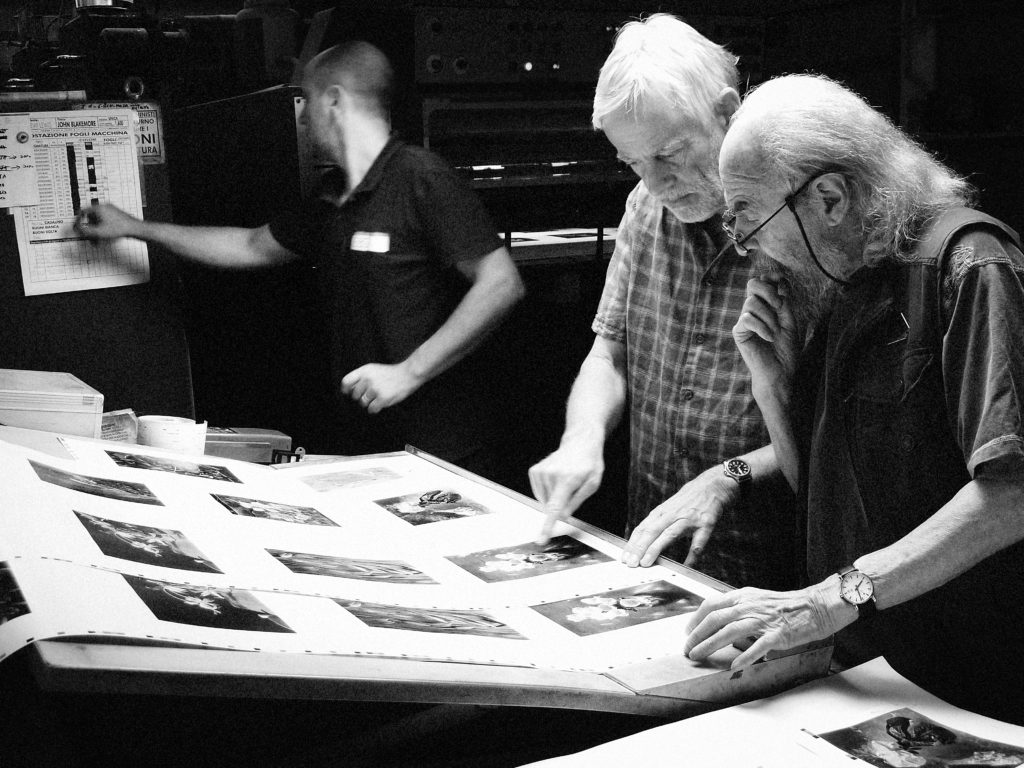
On Press with John Blakemore
Design
I design the majority of our books – at least 80% of them. But I am also happy to work with other designers. We tend to work with an external designer for a specific project or for a specific reason. We have worked with a few designers a number of times but often that’s because the original project has come to us via them.
Press check, with or without the photographer
I still go on press for almost every project (99% of them). I also try to encourage the photographer to attend. The printing process inevitably involves compromises and my view is that I prefer to make those decisions rather than leave it to the guys on press, however good they are. I think that my presence adds a few percentage points to the final quality of a book. As for the photographer I think that it’s important to go on press so that they understand the process and are fully engaged. I want them to be fully involved and to have a real sense of ownership of the final book.
interview by Carine Dolek
